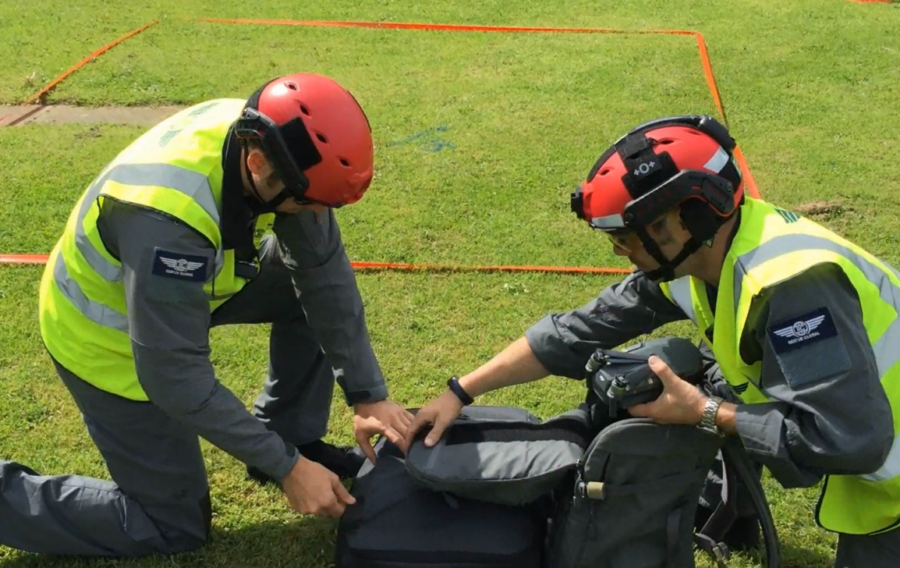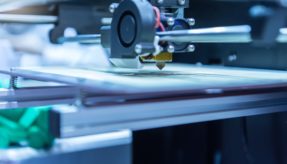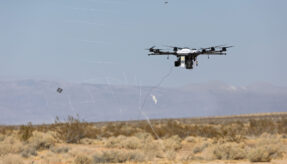
BMT has secured funding through the Defence and Security Accelerator (DASA), to build a prototype Unmanned Aerial System (UAS) which will allow a team of responders to remotely assess a scene for potentially hazardous materials and predict the likely impact.
The system will be able to autonomously collect up-to-date information of the terrain, structures, weather and hazardous gases and then provide the user with a 2D and 3D map of the area in a matter of minutes.
Antony Waldock, Principal System Analyst at BMT explains: “Responders to potentially hazardous scenes are required to take the necessary precautions before entering the scene. The ability to use an autonomous vehicle to scan the area during deployment would reduce the time taken to respond to the threat.”
Phase two of this project combines the output from two previous R&D initiatives to deliver technology that can be used on a standard, commercial off the shelf Unmanned Aerial Vehicle (UAV) or integrated with a specialist UAV.
In the first project, BMT and Rescue Global worked together to better understand how the data captured by a UAV could aid a team of responders to perform Survey, Refine, Map and Sample and from there, they built early prototypes of the tool that could be used on mobile, tablet and desktop. In the second project, Heriot-Watt and Edinburgh University collaborated to develop state-of-the-art gas sensing and dispersion modelling technology on-board a UAV.
Simon Luck, Head of Information Systems said: “Funding from the DASA will enable BMT to deliver a prototype system that could literally save lives by rapidly accessing a scene for hazardous material and predicting the potential impact. We will be working closely with the emergency services and our partners to deliver a prototype for trials next year. The end goal will be to deploy the system into the boot of the car of every responder within the next few years.”
If you would like to join our community and read more articles like this then please click here.
BMT DASA Defence and Security Accelerator UAS Unmanned Aerial System







